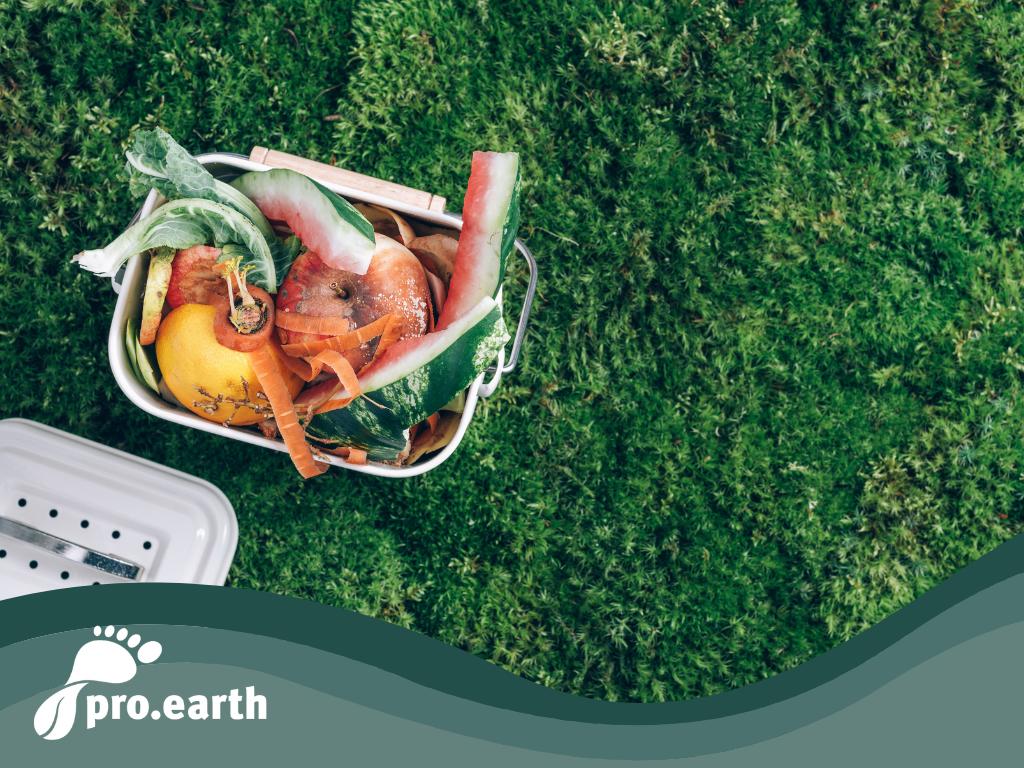Maggots in the organic waste garbage can - how to avoid them

The good news is that they're completely harmless, but if we're honest, they're hard to beat in terms of creepiness, so here are a few tips on how to deal with them or, ideally, avoid them.
So that there is no plague:
- Location: A shady location is half the battle, as full sun heats up the waste, which decomposes more quickly and develops attractants for the flies.
- Wrap up kitchen waste: Rotting organic waste attracts maggots and flies. If you wrap protein-containing and cooked waste in old newspaper, the materials will also absorb excess liquid.
- Lid: Special bio-filter or maggot lids can seal your garbage can and at the same time prevent fermentation gases from escaping. They only need to be changed every two years.
- Clean organic waste garbage cans regularly: Admittedly, it's disgusting, but it makes perfect sense. The best way to do this is with a high-pressure cleaner. Cleaning the lid with diluted vinegar essence makes particular sense.
- Insert dry layers: Dried grass or hay dries out the garbage can and absorbs putrefaction gases.
If they have already settled in
- Rock flour and simple lime: both dry out maggots in the dustbin. Both are available from DIY stores or garden centers. Simply pour the lime into the garbage can as an intermediate layer.
- Use natural predators: Keep in mind that this method requires the garbage can to be left open. This can be very useful for birds, but could also attract less pleasant guests such as rats.
pro.earth conclusion:
We advocate prevention - it's easier than fighting the summer troublemakers. Of course, they can still settle in, in which case we ask you to treat the idea of organic waste with care and avoid the use of any chemicals.






